Ghost of Copper Hole: The story that made global headlines
- Published

A cartoon depicting the haunting was made for the Illustrated Police News
The Ghost of Copper Hole is a tale that has been told over and over again in Shropshire, involving a startled businessman, a town in hysteria and global headlines. BBC Radio Shropshire unravels the mystery, and finds some parts of the story may never be known.
Sunday, 17 May, 1874. It's night-time and a weary traveller arrives at Church Stretton railway station.
She's carrying two tired-looking boxes, and places them on the ground.
The woman inquires about train times and walks off. A few of the locals spot her and she's a familiar face, but one that had been away for some time.
They watch as she strolled up the bank to Hazler Road. It was the last time they ever saw her alive.
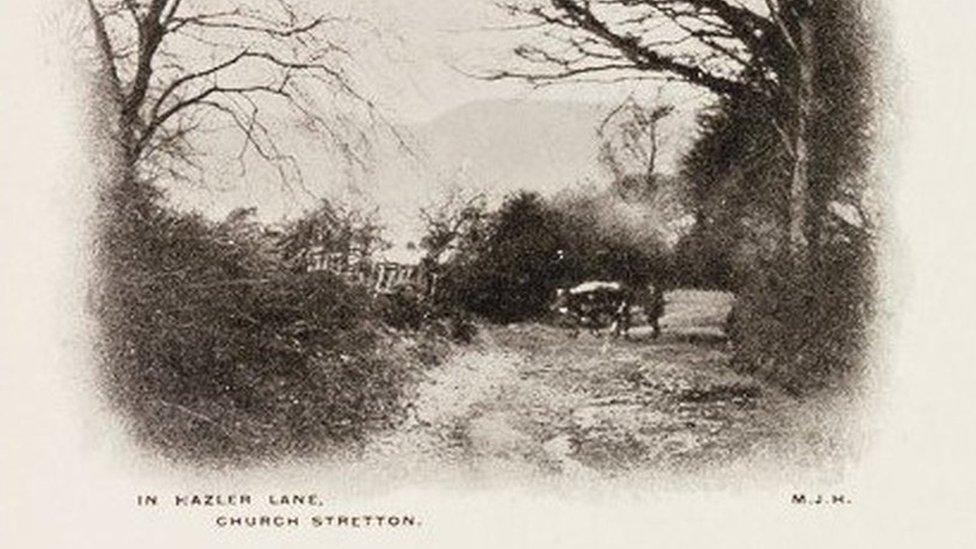
A postcard depicts Hazler Road at the time
Nearly seven years later, on a dark night in October 1881, local cider mill owner William Roberts is on his way home.
He has been at a boozy dinner in Church Stretton. Bleary eyed, he plods up Hazler Road and back to Soudley, two miles away.
As he staggers up a bank towards an old mineshaft, a chill creeps over his skin and he glances around.
He sees a glowing white spectre floating towards him up the hill. His breathing speeds up, his heart beats faster, and he breaks out into a cold sweat.
What happened next would send the town into hysteria, spark a frantic body hunt, and make headlines around the globe.
A ghost in town
The female figure drew near, offered her cotton bonnet to him before disappearing into the disused Copper Hole, an abandoned mine shaft.
Petrified, Roberts raced home where it dawned on him. The apparition had been Sarah Duckett, the woman who vanished years ago.
He believed she had been murdered and her body discarded in the very copper hole where her ghost vanished.
He spread the word, igniting a frenzy in the town. The taverns, shops, and the streets were filled with excitable chatter and a campaign was launched to dig out copper hole and discover the truth.
It would cost money, but people were so intrigued they were happy to pay.
Digging commenced. The story hit newspapers across the world as word spread about this small community that had been whipped into a frantic state of excitement.
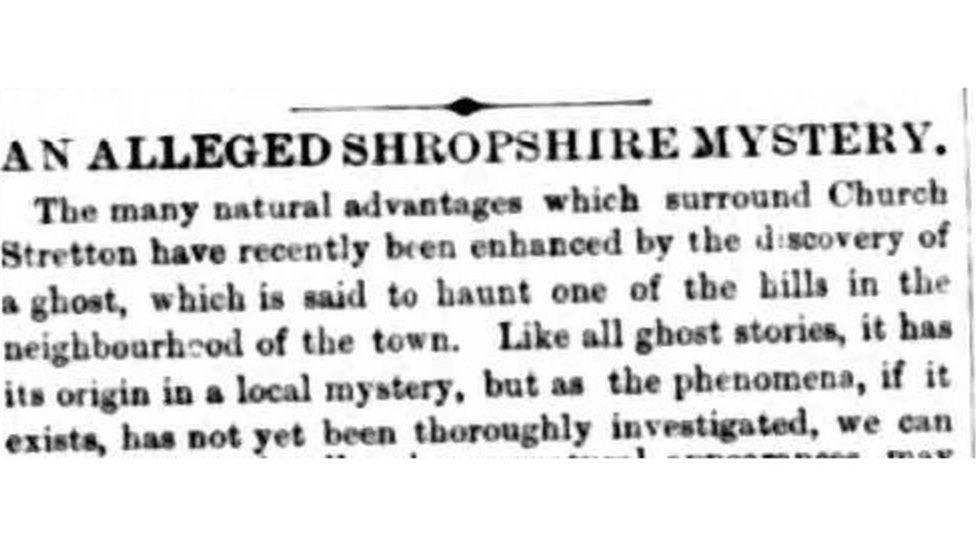
The case was covered in the Shrewsbury Chronicle
Visitors arrived from miles around to see what was happening, and Roberts was on hand to tell all.
He greeted tourists in the manner of a showman, colourfully telling them the story of Ms Duckett's disappearance, and apparent reappearance before his own eyes.
Despite fervent excavations and mounting excitement, no trace of her remains were found.
Conflicting reports emerged. One letter claimed the body was somewhere else, while another claimed to be from Ms Duckett herself, stating she was alive and well and living with her husband in Martley in Worcestershire.
The note said she had no knowledge that her ghost was wandering about and was of the opinion that she should have been consulted before liberties were taken with her spirit.
The Rector of Eaton under Haywood, the Reverend Holland Sandford, decided it was time someone meticulously pieced together her life.
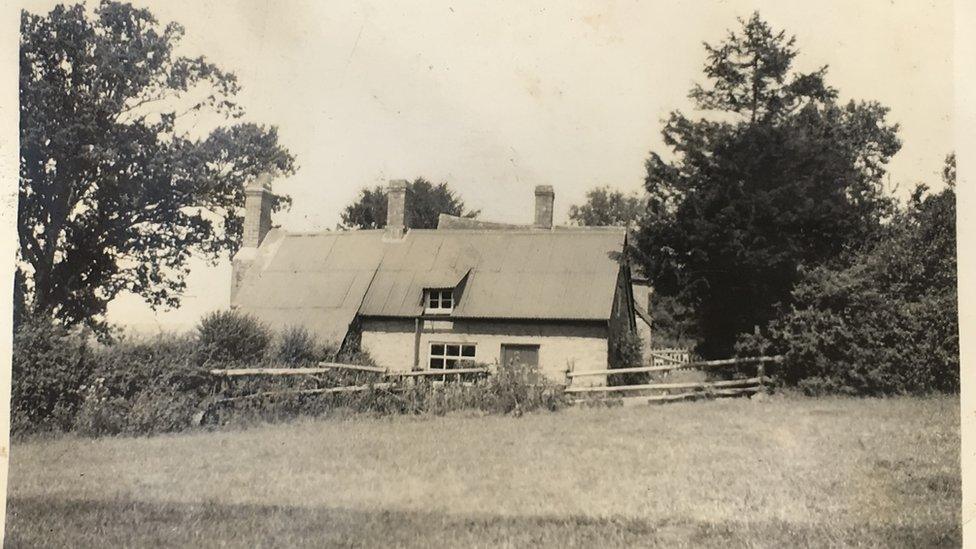
The house where the Duckett family lived
He discovered Sarah Duckett was born in Soudley, near Church Stretton in 1830.
One of three daughters, her parents were George and Anne Duckett. George, a stone mason, died when Sarah was just eight after falling from a chimney in Rushbury.
After Anne's death in 1873, the daughters sold their home and Sarah Duckett took her £70 share to travel the world.
She headed to Liverpool and after a few letters back and forth all trace of her disappeared.
It was believed she went to Australia on a steamer ship before returning to Church Stretton in 1874.
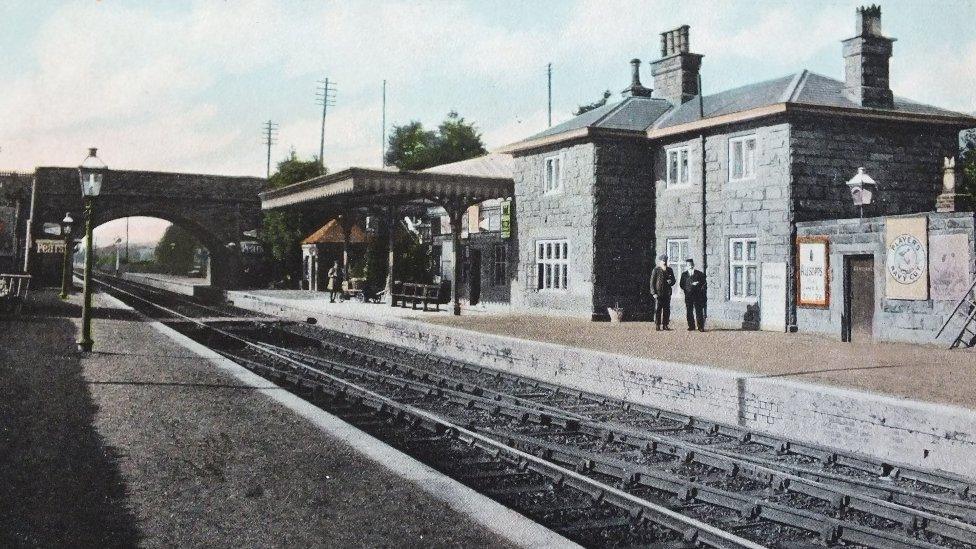
The last place Sarah Duckett was seen was Church Stretton railway station, which opened in 1852
On the day she went missing, he discovered four people saw her that night.
He also learned she was seen two or three days later a few miles away at Longville in the Dale - no doubt having passed the copper hole to get there.
By June, she was destitute and in Worcestershire, where she was received into the workhouse at Martley.
Two years later she had recovered from a bout of acute rheumatism, but as she left the infirmary she slumped to the ground and died with no friends or family to claim her body.
There was some speculation it ended up at the local anatomical school, a terrifying reminder of why people hated the workhouse.
This is where the churchman's investigations ended, but even today, there are gaps that can be filled in.

A document with Sarah's 'mark' was found in Shropshire's archives
To back up his findings, I traced a copy of Sarah Duckett's death certificate which proves she died at the workhouse.
A post mortem examination revealed she died of pericarditis, inflammation of the lining around the heart.
But she left other traces of her life behind. In the Shropshire archives I made a link never before spotted.
Ms Duckett's signature, or mark, is on a document confirming the sale of part of the family's property.
I also tracked down a distant relative of Ms Duckett, Jean Webb, who still lives in the area, and discovered the Duckett family's cottage still stands.
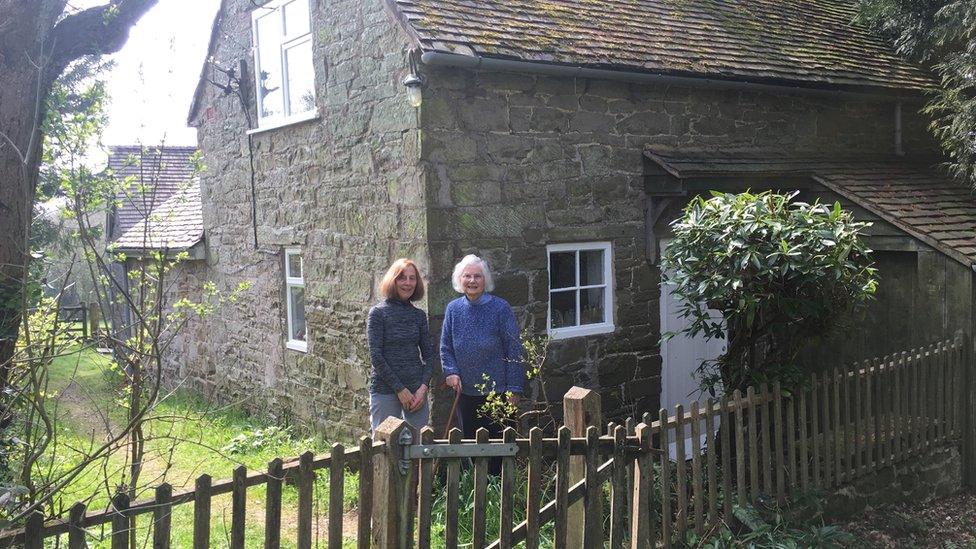
The cottage where Sarah Duckett lived still stands
As a child, Ms Webb was told about the ghost road but that her ancestor had just "disappeared" while on her way to meet family at Soudley.
Jenny Nicholson's family bought the former Duckett's cottage in the 1950s.
She would spend summer holidays there with her siblings and get the water from a well, light the house with candles and paraffin lamps and cook on an open fire.
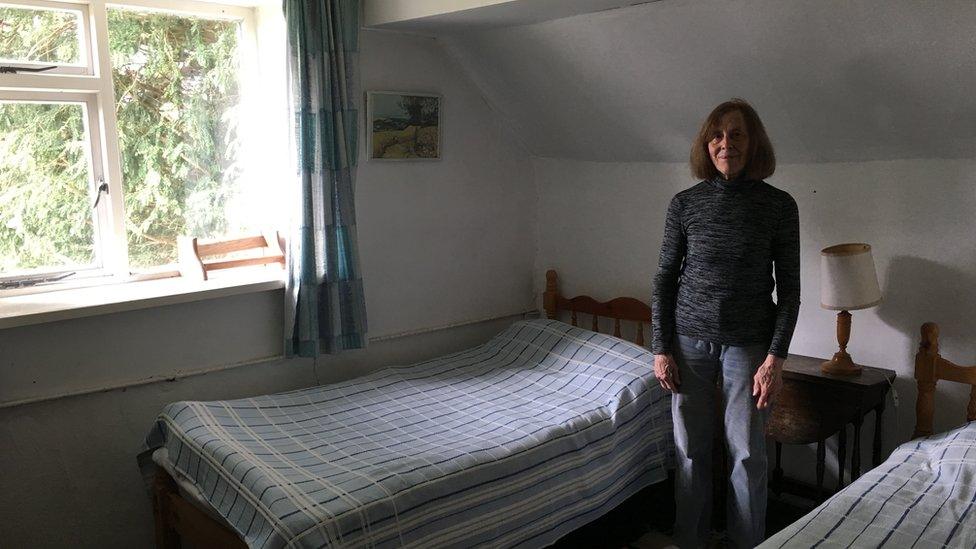
Jean Webb is a distant relative of the Ducketts
Electricity was installed in 1958 but it wasn't until 1970 that they had mains water connected.
"I don't think there was much modernisation between 1870 and 1930. It was very hard work," she said.
Does she believe in ghosts? "No, I'm afraid I don't," she laughed.
The Victorians were a superstitious lot, and sightings of the ghost continued for years.
But the truth of the ghost of the copper hole, and whereabouts of Sarah Duckett's body, is a story that remains a mystery to this day.
One, it seems, that will never be laid to rest.

Follow BBC West Midlands on Facebook, external, X, external and Instagram, external. Send your story ideas to: newsonline.westmidlands@bbc.co.uk, external
Related topics
- Published19 November 2023
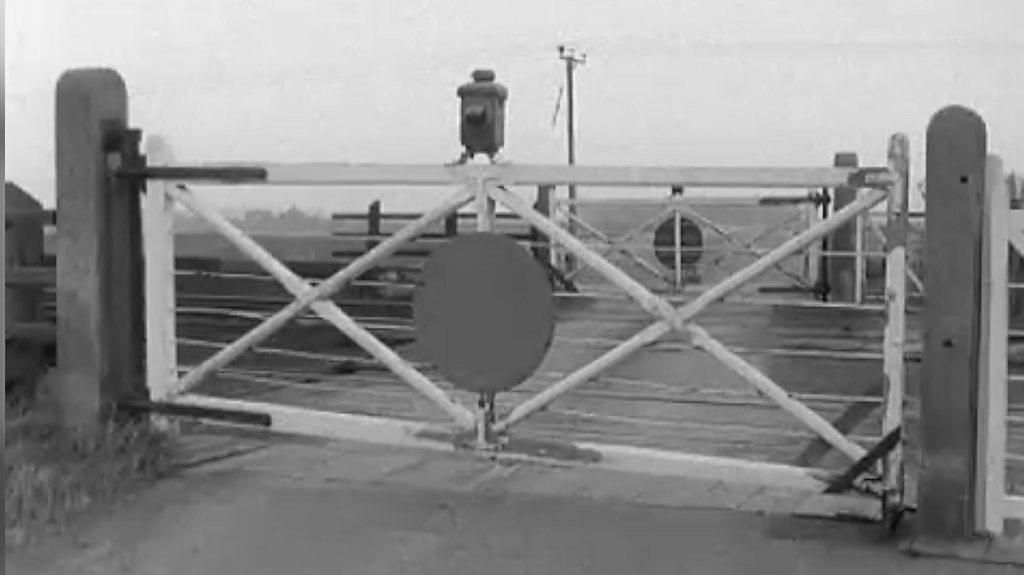
- Published28 October 2023
